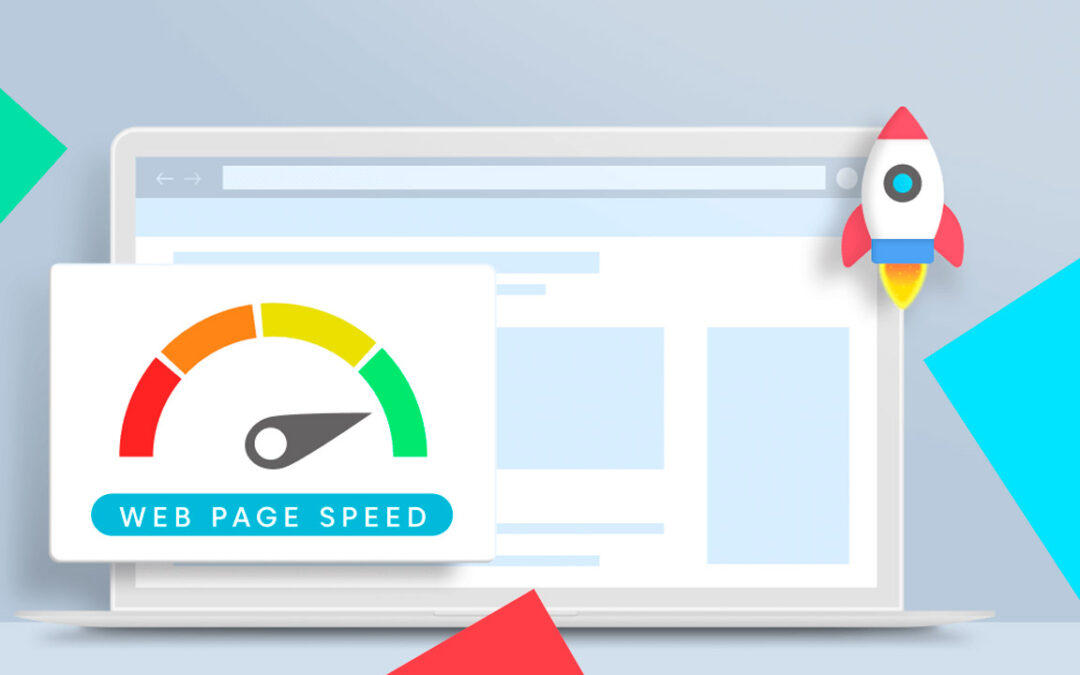If you are reading this article it is because you want to have a professional web design, right? Let me tell you that you are not a freak, quite the opposite. Today, all businesses, companies, blogs or online stores want to have a professional web design and that their page is up to date in terms of creative trends.
We all want a spectacular, creative, different website that loads fast. In fact, I often get my attention when a client asks me for an estimate to design his website and he says the following: I want the website to be beautiful, that it works well and reflects my personality.
And I keep thinking: sure, like everyone else?
The world is full of photocopies! Don’t you think? We have all assumed that to be on the internet we need a worked image, a professional design that also represents the values of our business or brand.
So why do I keep hearing / reading phrases like “the website is going to be made by my nephew” or “I buy a template and build the website myself”? That’s right, these are just a couple of examples of the comments that web designers receive when we submit a quote.
(If there are any designers in the room, you can confirm them in the comments.)
Dear inept, is it really that you or your nephew, no matter how smart you are, are going to achieve the same result as a freelance web designer with years of experience?
Do you question the plumber who comes to your house to fix your boiler repair? No right?
So why do you underestimate the work of a professional web designer? (and I extend this to the Graphic Designer, Community Manager, photographer and creative in general).
How to differentiate a professional web design from an amateur or sloppy one
Yes, I have used the word “sloppy.” You would be surprised by the real bungling that I find on a daily basis on some WordPress web pages.
For that reason I wanted to create this post, to teach you to recognize a sloppy page of a professional web design.
Because make no mistake, a page may have a more or less successful design, but behind a web there are many more elements.
Some of them are:
#1 Design
How could it be otherwise, the first indicator to detect an amateur website instead of a professional web design is design.
And with design, I don’t just mean how the content is, but also the layout of each of the elements on the page: images, texts, alignments, margins, etc.
Other aspects to detect a bad web design are:
Template. If the “author” of the design has left the template that comes by default when you install WordPress or use a free template, it is a bad design. EYE! I have nothing against free themes (not at all), but there are templates and templates.
Colors. The color palette is another indicator, for me one of the fundamentals in terms of design. If the colors on the web are chosen without any criteria and the different shades in the palette are not related to each other, it is not a professional web design. In my opinion, choosing the colors well is very important (and at the same time difficult) for the website to have the personality it deserves.
Images. The image are another very simple indicator to differentiate a bad web design from a professional one. If the images do not have quality, they are poorly adjusted in terms of sizes or you have already seen them before on another 50 pages, you are before a bad design.
And the same happens with the rest of the graphic material (illustrations, icons or vectors).
#2 Organization
The second aspect that tells me if a page has a professional web design is its structure and the organization of its content.
Aspects related to the organization of a web page that you should observe are:
The menu. The organization of the different menu tabs is one of the first indicators I notice. For example, number of elements (that does not have too many), dropdowns (when a menu has many submenus it is not taking into account the usability for the user), the location of the menu, if there are several menus on the page (one main and another secondary).
The content. The organization of the content is also important and refers to elements such as categories, subcategories, tabs or tags.
Other variables / Filters. In the case of an ecommerce, for example, that the articles are filtered by colors, sizes, promotions, etc.
#3 Optimization
Another fundamental point to differentiate a professional web design from an amateur one is its level of optimization.
And here there are no doubts. Either you have web design experience or I doubt you can optimize WordPress like a pro.
What elements are key when I talk about website optimization?
Loading speed. This is a topic that I have already talked about on several occasions. Having a page that loads fast is essential today, it is something that web designers are demanding a lot from us.
Images. Having optimized images is one of the factors that affect the loading speed. When I talk about image optimization, I mean its weight and size.
Cache. Another factor that most affects the loading speed of a website is the load under cache.
Cleaning the database. Finally, I do not want to forget about the WordPress database, which must be clean and optimized for the proper functioning of the web.
#4 SEO
The same thing happens with SEO as with optimization, or you control it or you don’t.
And today, with the level of competition that exists on the Internet for all sectors, you need to have at least some notions.
You don’t have to become Dean Romero or Luis Villanueva, but for your page to have a professional web design, you need at least these concepts to sound familiar to you:
SEO title. Titles for SEO, as well as title structure (h1, h2, h3 …).
Meta description. They are SEO tags that allow you to establish a description of the content for search engines.
Keyword research. You must handle one (or several) tools that show you the keywords related to your activity or business and that you are interested in positioning in Google, as well as their level of competition and degree of difficulty.
Copywriting for SEO. Once you are clear about the keywords you want to position, you need to write texts adapted to SEO, following a title structure and a correct density of the keyword, for example.
#5 Complementary services
And finally, another point that allows me to recognize a professional web design is related to complementary services and extras.
Of course, a page has extras that you cannot forget and in this type of detail is where you see if it is a professional web design or if it is made by a nephew / cousin / brother-in-law.
Some of these extras are:
Twitter Cards. They are the rich tweets that show the multimedia information of the articles and pages of a website. I tell you all about Twitter Cards here.
Open Graph metadata on Facebook. Like Twitter, Facebook also shows multimedia information when you share a link from your website.
Google Analytics. Creating an account in Analytics and linking it to your website is essential to keep track of your statistics.
Search Console. It is the Google tool that allows you to verify the ownership of your website for the search engine, as well as notify it to index it.
In short, today anyone can create a website. The tools (templates, image banks, visual layout designers for WordPress, etc.) are there, available to everyone.
The difference between a professional web design and an amateur one is in the use of these tools, the creativity in ordering the structure of the page and displaying the information, as well as the ability to come up with creative solutions.












0 Comments